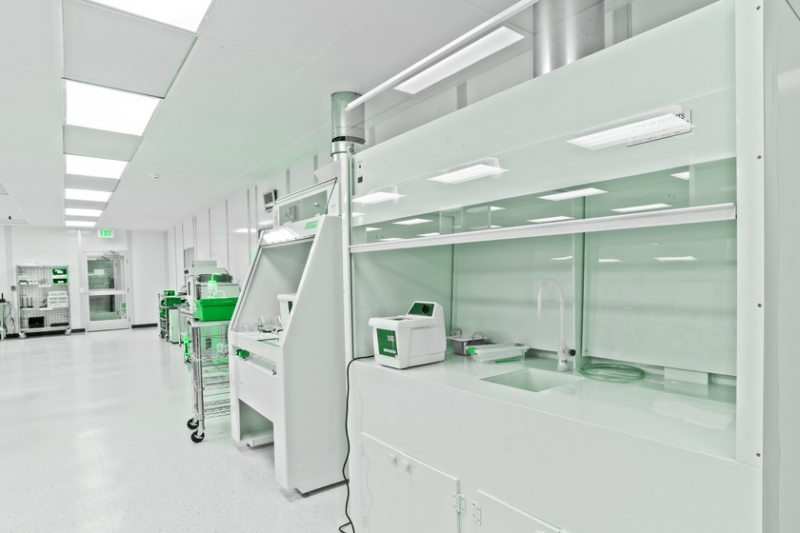Now there are two things that I always do. Once I get to an ISO 6 classification, I always want to use modular components because modular components do not shed. Traditional construction sheds (drywall, metal studs, etc.) and that will create contamination. That will create contamination you can control in the less stringent cleanrooms (ISO 9 through ISO 7), but once you get to the cleaner clean rooms it becomes very difficult because every particle has to be controlled. But there are instances when you’re building a structure which utilizes two existing walls and two modular walls, and that’s always something you can do.
However, there are other reasons to use modular that have nothing to do with the environment, and much to do with economics. Once you’ve made a decision from a cleanliness standpoint and determined what classification your clean room needs to be, as well as where you’re building it, that’s when you can decide on using modular versus traditional construction.
One of the dominate reasons you use modular construction, aside from contamination reasons, has to do with financial reasons. A modular structure is considered to be a piece of capital equipment by US tax authorities. As such, it can be treated that way. It can be leased as well as utilized in an accelerated depreciation schedule, which allows one to write it off against a particular product or a particular customer’s order.
So there are financial advantages which often times aren’t considered when making a decision from traditional construction to modular construction.
Resources & Articles
CLIN® "Resources" page is for individuals/companies seeking information on cleanrooms and controlled environments. Find Cleanroom News, Discussion Forums, Cleanroom Cleaning Recommendations, Cleanroom Terminology, Cleanroom Directory, and more.
Content Disclaimer











